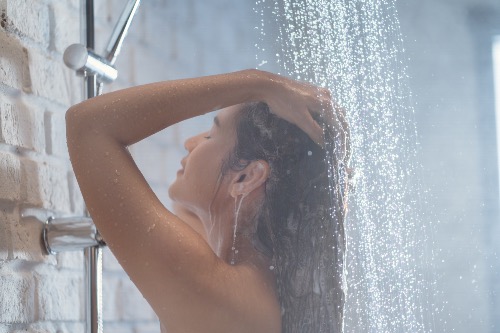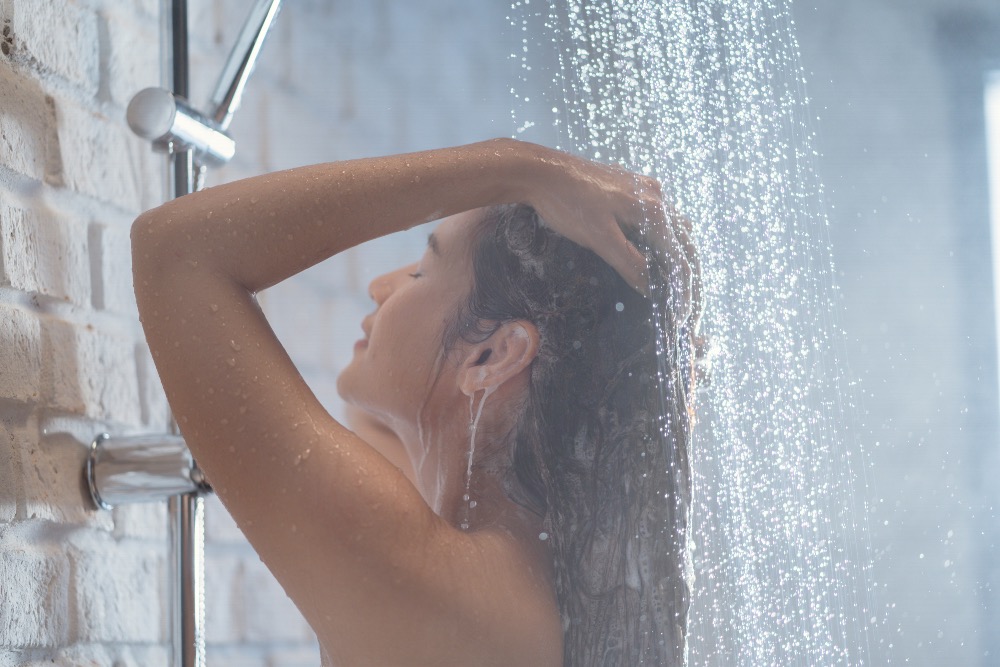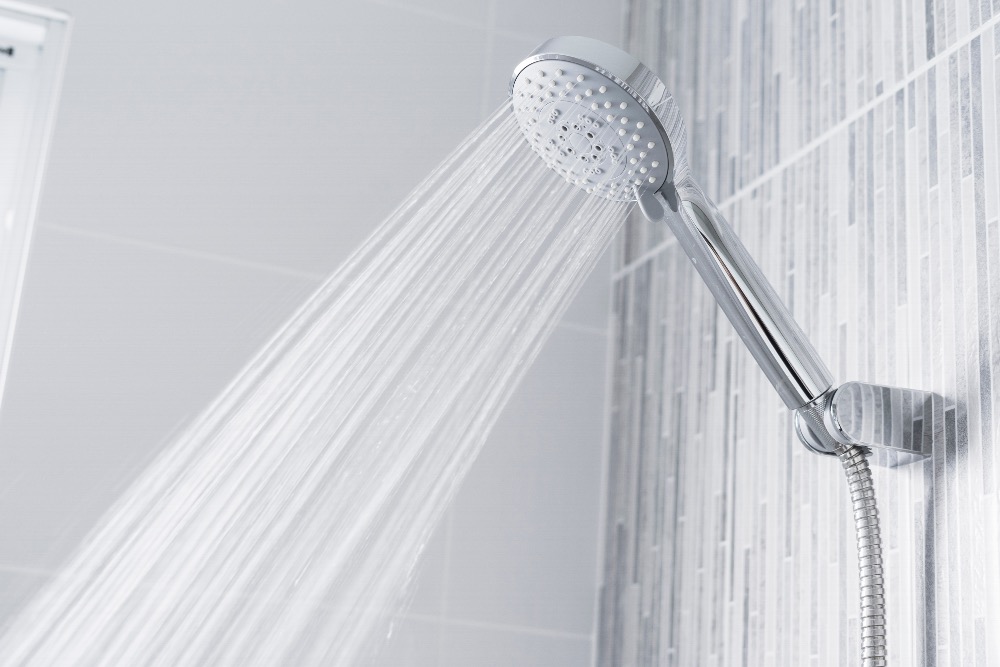Low water pressure in homes can be a source of frustration. A light drizzle from your shower head is not the kind of morning most dream of. Waiting endlessly for the kettle to fill might be the end of many of us in the UK.
In order to understand how to fix low water pressure, this article explores what water pressure is, common causes of low water pressure and offers practical solutions to address the issue.
What is Water Pressure?
When we're talking about useful taps or "having a good shower", people can use the terms "flow rate" and "pressure" interchangeably. Whilst these terms are related, they are different concepts. Overall, what we are actually concerned about is the volume of water coming out and how hard it is leaving the outlet. Let's explore this more:
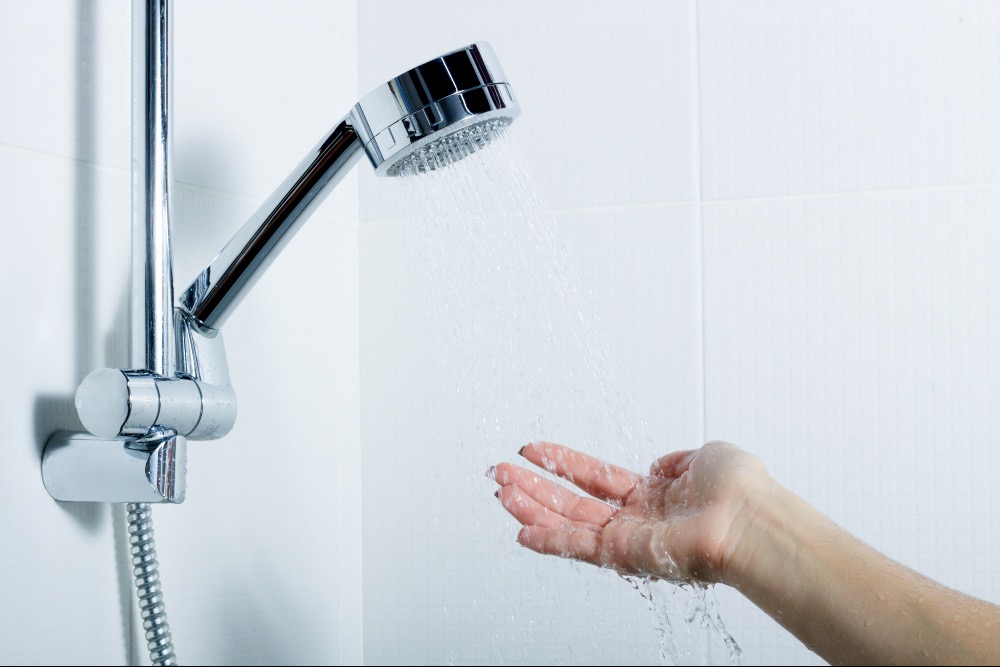
Water Pressure Vs. Water Flow
While Water Pressure and Water Flow are related, they are not the same thing:
Water Flow refers to the amount of water passing through pipework. This can be better described as the volume of water coming out of your tap, per unit of time.
Water Pressure describes the force or strength that is used to push the water through a piping system or application, or how hard the water is coming out of your tap.
Does Water Pressure Affect the Flow Rate?
So this is where it gets technical but also interesting. Generally speaking, increasing the pressure will increase the flow rate and a low flow rate is usually indicative of low water pressure. However, you can also have a low flow rate with high water pressure and vice versa. How? Let's explain:
High Pressure, Low Flow: Imagine if you open your tap just a little bit. Even if there's loads of pressure in your system, the narrow opening will restrict the amount of water coming out, resulting in a low flow rate.
Low Pressure, High Flow: Conversely, if you've got a wide pipe and not much pressure, you could still get a decent flow rate because there's less resistance to the water's movement.
High Pressure, High Flow: This is what most people are aiming for. Your shower feels like a waterfall, and your bath fills up quickly. But be careful; too much pressure can put a strain on your plumbing fixtures.
Low Pressure, Low Flow: This is the worst of all the combinations. You're getting neither the force nor the volume of water you'd like, making for a rather unsatisfactory experience all around.
Friction also has to be taken into account as this will naturally slow the water down as it moves through the pipe. The pipe material, the size, the number of fittings, valves and turns will all affect the amount of friction in the system. Ultimately, efficient flow relies on sufficient water pressure to overcome the friction in the system.
So What Does This Mean For Me?
Well, what we're aiming for is a plumbing system that has high pressure and high flow; A system that allows a reasonable volume of water to flow with the lowest amount of friction with sufficient pressure in the system to enable an efficient and decent flow rate.
So when we want to improve how water works in our home, often the easiest, and cheapest, thing to do is to find a way to increase the system pressure. However, what we're trying to explain is that on the odd occasion, pressure won't be the only factor to consider.
What Causes Low Water Pressure?
Now we fully understand what water pressure is, let's look at what can cause low water pressure in your home. Here are several factors that can contribute to reduced water pressure in UK homes:
Water Supplier Issues: Disruptions or ongoing work by the water supplier can affect pressure.
Poor Mains Water Pressure: Though unlikely, your local water authority might generally have low water pressure. If you're on a hill, this could also affect your local water pressure.
Local Regulations: Changes in local water regulations can impact the pressure.
Size of Your Home: The length of pipework and the number of bends and fittings in your water system increases the friction and so can significantly impact the likelihood and frequency of pressure drops.
Shutoff Valves: Ensure that both the main shutoff valve and the water meter valve are fully open.
Pressure Regulator: A malfunctioning pressure regulator can lead to inconsistent pressure.
Blocked Pipes: Sediment, debris, or mineral buildup can clog pipes and increase friction in your system.
Shared Pipelines: Shared pipelines can lead to reduced pressure during peak times.
Leaks: Even minor leaks can significantly reduce water pressure.
Faulty Fixtures: Issues like a clogged aerator can affect specific fixtures.
What is a Good Flow Rate?
If your flow rate is less than 10 L/min, you likely have an issue with low water pressure. If you're between 10 and 15 L/min, this is considered acceptable. A flow above 15 L/min is considered good.
How Do I Test My Flow Rate?
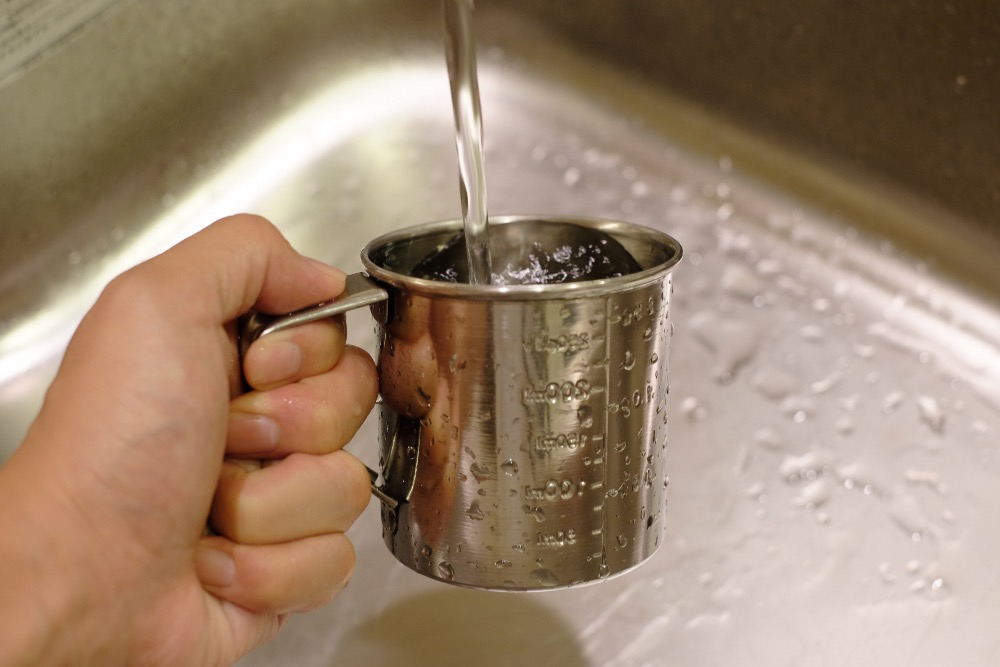
Testing your flow rate is very simple. You just need to get a measuring container, such as a large jug or bucket to help you time how quickly the water is coming out of your outlet. Keep in mind that flow rates can vary depending on the tap's location and the water pressure in your area, so different outlets around your home may have different flow rates
How Can I Increase My Water Pressure?
Check for external issues
It's a good idea to check if your neighbours are facing similar problems. You can also get in touch with your water supplier or look out for any updates in the local news that might indicate disruptions. If the problem is related to your water supply, don't hesitate to notify your water supplier so they can look into any broader issues in the public system.
Inspect all valves, especially the stop cock
It's essential to make sure all valves are fully open. The main one is the Stop Cock, responsible for turning off all the water supply to your house. Even if it's only partially open, it can significantly reduce your home's water pressure. You can usually find it under your sink or near the water meter. If you stop cock is fused, you may need a new one:
Check your pressure regulator
The pressure regulator is a valve that acts as a gateway between your domestic water supply and the main water line. Not all homes have one, but if yours does and it's faulty, consider replacing it.
Check for leaks
Leaks can cause not only water pressure issues but also damage to your property. Checking for significant leaks is relatively straightforward. Start by shutting off all water outlets and take a water meter reading. After two hours, check the meter again. If the reading has increased, it suggests a leak, which you should address immediately.
Clean your pipes and fixtures
Maintaining clean pipes and fixtures is crucial for good water pressure. Regularly clean aerators and flush pipes to remove any debris or buildup that might hinder water flow. This simple maintenance can significantly impact your home's water pressure.
Move your water tanks
If you have a gravity system, moving your water tanks higher will increase your water pressure. By placing the water storage higher, you are harnessing gravity to increase the potential energy propelling water through your system. However, assuming this solution is possible, it will likely be very costly and labour intensive, so really think about the pros and cons before choosing this option.
Install a Shower Pump
Installing a shower pump is a straightforward way to address low water pressure in your shower or home. These pumps boost water flow and pressure, enhancing your shower experience. Depending on your needs, you can install a pump at the mains inlet to support your entire home, after a hot water cylinder or near specific outlets.
Install a Mains Inlet Booster Pump
Mains Inlet Booster Pumps are largely the same as Shower Pumps, but they comply with the UK regulations concerning pumping directly from the mains. In the UK you are not allowed to draw more than 12 litres/minute from your cold water mains inlet. So pumps advertised as Mains Water Booster Pumps will pump to this level or less.
As you can see in the diagram above, these mains water pumps can then support your combination boiler as well as multiple other appliances in your home. They are best for situations where your demand isn't that high, i.e. you live in a small home or you are supporting a small shower.
Install an Accumulator Tank
As they suggest, Accumulator Tanks take your low pressure mains water and store it at pressure for use later, ensuring you have great water pressure on demand. They essentially create a situation where you can supply your home with water at a much higher flow rate than the mains water supply.
They are typically used when demand for medium to large sized homes or where your water demand is higher than what the mains inlet can supply; Just be careful to ensure your tank is large enough to hold enough water to match your peak demand.
Choosing a Solution
If you're interested in finding a solution to low water pressure in your home, we have a great guide that will help you narrow down exactly which is the best solution for you.
Frequently asked questions
What is the difference between Water Pressure and Water Flow?
Water Flow can be described as the volume of water coming out of your outlet, while Water Pressure describes the force at which the water is coming out.
How can I determine if I have a good flow rate?
A flow rate less than 10 L/min indicates low water pressure. Between 10 and 15 L/min is considered acceptable, and above 15 L/min is considered good.
How can I test my water flow rate at home?
You can test your flow rate by using a container with known volume markings, filling it with water from a tap, timing the flow, and then calculating the flow rate in litres per minute.
What are some common causes of low water pressure in homes?
Causes include water supplier issues, poor mains water pressure, local regulations, the size of your home, shutoff valves not being fully open, a malfunctioning pressure regulator, blocked or corroded pipes, shared pipelines, leaks, and faulty fixtures.
How can I increase the water pressure in my home?
Solutions include checking for external issues, inspecting all valves, checking the pressure regulator, looking for leaks, cleaning pipes and fixtures, moving water tanks, and installing a shower pump.
How can leaks impact water pressure?
Even minor leaks can significantly reduce water pressure and also cause serious damage to your property.
What is a shower pump, and how can it help with low water pressure?
A shower pump boosts water flow and pressure, enhancing the shower experience. It can be installed for the entire house or specific outlets to address low water pressure issues.
Any more questions?
If you have any queries or questions about the products we sell, or even your next project, give us a shout! We'll try our best to give you a hand.
